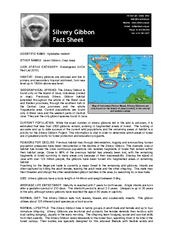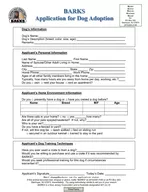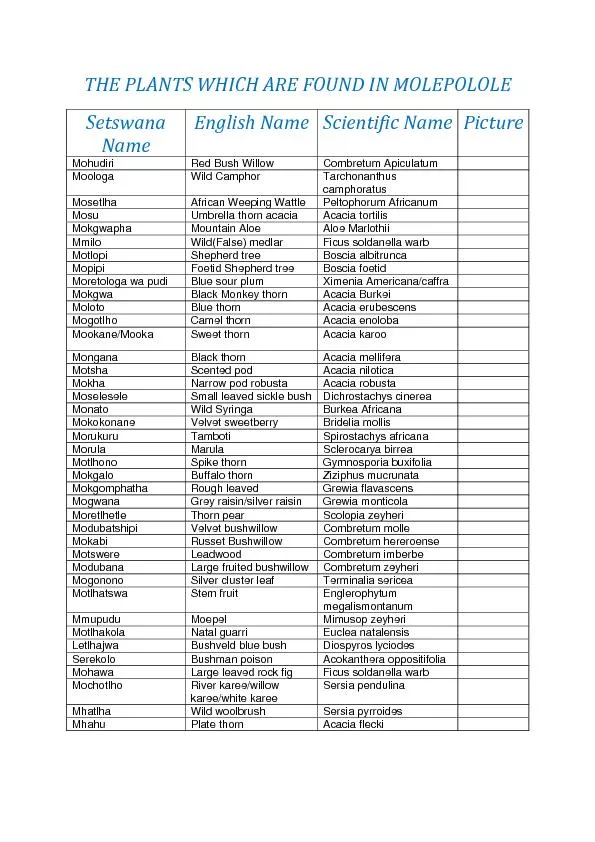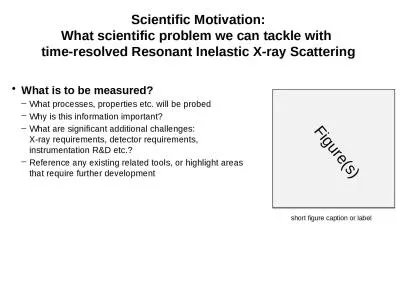PDF-SCIENTIFIC NAME
Author : olivia-moreira | Published Date : 2015-07-28
Hylobates moloch OTHER NAMES Javan Gibbon Owa Jawa IUCN STATUS CATEGORY Endangered IUCN Red List 2010 HABITAT Silvery primary and secondary tropical rainforest
Presentation Embed Code
Download Presentation
Download Presentation The PPT/PDF document "SCIENTIFIC NAME" is the property of its rightful owner. Permission is granted to download and print the materials on this website for personal, non-commercial use only, and to display it on your personal computer provided you do not modify the materials and that you retain all copyright notices contained in the materials. By downloading content from our website, you accept the terms of this agreement.
SCIENTIFIC NAME: Transcript
Download Rules Of Document
"SCIENTIFIC NAME"The content belongs to its owner. You may download and print it for personal use, without modification, and keep all copyright notices. By downloading, you agree to these terms.
Related Documents














